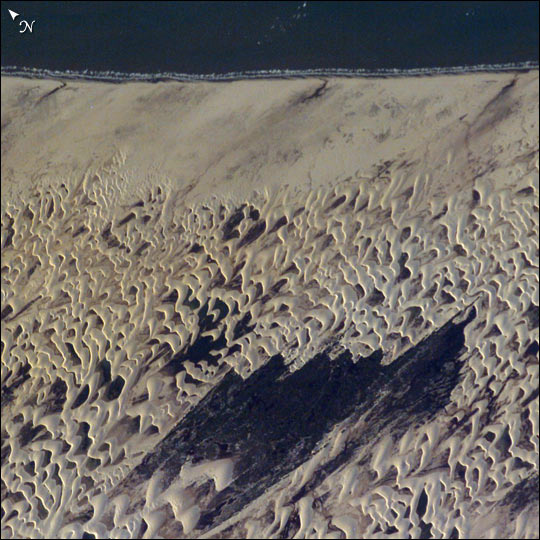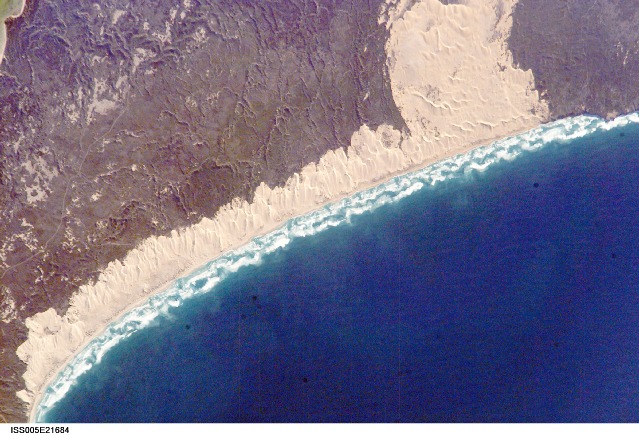
Coastal Sand Dunes-
Stockton Bight Coastal Sand Dune Ecosystem
What are Coastal Dunes?
- Coastal dunes are large amounts of sand that have built over long periods of time which are located immediately behind the active beach zone.
- The built up sand provides the foundation for unique flora and fauna that form the biotic component of this ecosystem.


Stockton Bight Sand Dunes
Located between Newcastle in the south and Port Stephens in the north, the Stockton Bight sand dune area is an excellent example of an ecosystem at risk. It is susceptible to both natural and human-induced change. The dunes and their highly specialised plant communities can be seriously degraded, or even destroyed, by natural causes (such as sea level change, storms, cyclones, droughts or fire) or by human interference (such as clearing, grazing, vehicles or excessive trampling). Their location directly behind beaches has made dunes a favoured location for coastal development. This has seen them flattened, reshaped, mined, built on and in some cases removed entirely. It is only in the last 30 years that the value of coastal dune ecosystems has been recognised and the management of these unique places considered important.
Function of dunes
Dunes act as Barriers against the action of waves, tides and salt wind and are a source of sand for the beach during periods of erosion.
The plants that grow on them gives them a flexible function as sand traps which act as reservoirs after exposure to heavy storm waves. Fore dunes (dunes nearest the ocean) that are densely vegetated protect hind dune (dunes away from the ocean) habitats and promote more complex and diverse plant communities.
Therefore the natural function of coastal dunes are:
- They act as sediment reservoirs and exchange areas in the event of large coastal storms.
- They protect the beach area from high energy waves by acting as a buffer zone for storm damage .
- They support unique plants and animals